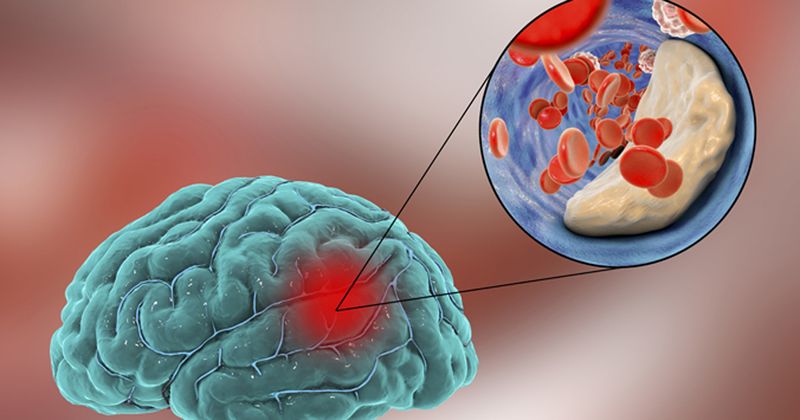Tenecteplase not associated with better outcome at 90 days in those with wake-up stroke
Treatment with IV Tenecteplase was not associated with better functional outcome after 90 days in patients with wake-up stroke selected using advanced imaging, per a study published in The Lancet Neurology.
“Treatment with intravenous alteplase is currently recommended in clinical guidelines for wake-up stroke patients with [diffusion-weighted imaging-fluid-attenuated inversion recovery] mismatch or perfusion mismatch on CT or magnetic resonance perfusion,” Melinda B. Roaldsen, MD, of the department of clinical research at the University Hospital of North Norway, and colleagues wrote. “Limited access to MRI or perfusion imaging in the emergency setting might prevent patients with wake-up stroke from receiving reperfusion treatment.”

Researchers sought to assess whether thrombolytic treatment with IV Tenecteplase would improve functional outcomes in patients with wake-up stroke selected through use of non-contrast CT scan.
They initiated a multicenter, open-label, randomized controlled trial with blinded endpoint assessment conducted across 77 hospitals in 10 countries (Denmark, Estonia, Finland, Latvia, Lithuania, New Zealand, Norway, Sweden, Switzerland, United Kingdom).
Eligible adults were diagnosed with acute ischemic stroke symptoms upon awakening, limb weakness, a National Institutes of Health Stroke Scale (NIHSS) score of 3 or higher or aphasia, a non-contrast cranial CT examination and the ability to receive Tenecteplase within 4 to 5 hours of waking.
A total of 578 individuals (median age, 73.7 years; 57% men) were randomly assigned on a 1:1 basis to receive either a single bolus of IV Tenecteplase at 0.25 mg/kg of body weight (maximum 25 mg) or no thrombolysis. Patient assessments were performed at baseline and 1 week after hospital admission or at discharge, whichever came first.
The main data point was functional outcome measured by the modified Rankin Scale (mRS) at 90 days, which was analyzed using ordinal logistic regression in the intention-to-treat population.
Results showed that Tenecteplase treatment was not associated with better functional outcome, according to mRS score after 90 days (adjusted OR = 1.18; 95% CI, 0.88-1.58). Symptomatic intracranial hemorrhage occurred in six patients in the Tenecteplase group compared with three in the control group (aOR = 2.17; 95% CI, 0.53-8.87), while any intracranial hemorrhage was reported in 33 individuals in the Tenecteplase group compared with 30 control patients (aOR = 1.14; 95% CI, 0.67-1.94). Researchers also reported no significant difference in mortality between the treatment and control groups at 90 days (28 vs. 23 patients, respectively; adjusted HR = 1.29; 95% CI, 0.74-2.26).
“Current evidence does not support treatment with Tenecteplase in patients selected with non-contrast CT,” Roaldsen and colleagues wrote.
